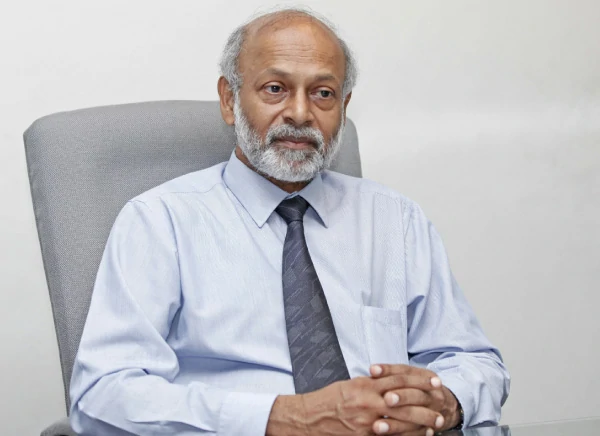
The Sri Lanka Institute of Architects (SLIA) will host its Annual Sessions in February this year, comprising of three key segments; the National Conference on Architecture, the Members’ Work and Trade Exhibition and the Annual General Meeting. The theme this year ‘Regenerating Sri Lanka – the Architect and the Built Environment’ would focus on establishing the importance of the role of the Architect in the on-going and the proposed physical development of the country, which has been given top priority by the Government.
“This is the 29th year of the National Conference which began as far back as 1982.The Members Exhibition has reached its 30th year which has grown remarkably to over 100 architect participants from less than ten architects at its inception,” says Archt Ranjan Nadesapillai, President of SLIA.
The Inauguration which will be held on February 22, 2012 at the BMICH will be graced by the attendance of several key figures among the decision makers of the country. “The event will also be attended by a great number of members of the state and the private sector and key officials of the state sector as guests. In addition to several of our reputed member architects, eight internationally known foreign speakers will address the National Conference and members from Institutes of Architects, overseas are also expected at the event.
The theme this year for the National Conference February 23, 2012 is ‘Regenerating Sri Lanka – the Architect and the Built Environment’, has been specifically chosen as the country has now entered into a rapid development path in which there is room for getting carried away with irrelevant, alien approaches without focusing on the real country specific directions. “In this opportune time, we felt it best to deliberate on examples from other countries, to see how they have tackled similar issues to ensure that Sri Lankan culture and architecture is depicted in what we do; it should also agree with the sociological and cultural norms of our country,” explains Archt Nadesapillai, further adding that progress in Sri Lanka must be dealt with differently and cautiously as it arrives following a long period of suppression. Consequently, the key topics that will be discussed at the conference include, Invigorating Public Spaces and the Cities, Recreating Residential Environments and Revival of Socio-Cultural Heritage.
The exhibition which will be opened at the inauguration of the Annual Sessions will, however, be accessible to the public on the following evening. The exhibition will boast of 240 stallholders of both local and imported building materials and products manufacturers and suppliers, and the reservations for the stalls is already nearing completion. He also ascertains that the work depicted by the members at the Exhibition will provide an insight to the public in demonstrating the intellectual inputs that have gone into in an architect’s work. In effect, through this a better awareness can be gained of the services of the architect.
‘Career guidance’ is yet another popular section that will be featured this year too, so that aspiring students and their parents can reach an informed choice about studying architecture. In support of this venture, two stalls from the University of Moratuwa and the City School of Architecture – two officially recognised schools for Architectural education in Sri Lanka – will present the students’ projects to provide an insight into learning and working with architecture. As an encouragement a large number of schools have been invited to the Exhibition.
Furthermore, those interested may visit the Institute’s stall where its publications will be made available at a reasonable price. The publications include The Architect, the Journal of the Sri Lanka Institute of Architects, Vastu, the Built Environment and IDENTITY – a compilation of work by 200 of the country’s architects over the past 50 years. The culmination of Annual Sessions – the Fellowship Night, will be preceded next day, by the Annual General Meeting, where the council members will be elected this year.
In conclusion, Archt Nadesapillai remarks, “the institute’s deliberations recognise that this is the opportune time to bring to light some of the issues and topics through this year’s theme which will help in furthering the aspirations of the people of Sri Lanka.”





